Backyard Wildlife: A Butterfly Habitat Adds Wonder to Your Garden
How to Spend Countless Hours Pursuing Dogfaces and Monarchs in Your Yard

Perhaps you are as fascinated by butterflies as I am. I spend countless hours pursuing them in my garden and out in the hills. If I spot a new butterfly, I drop everything else and run to get my camera. I always hope that my quarry will alight on a flower and remain long enough for me to get a photo. Some butterflies are much easier to photograph than others. Our state butterfly, the California dogface, for example, is notoriously fickle among photographers, as it rarely settles with wings outstretched.
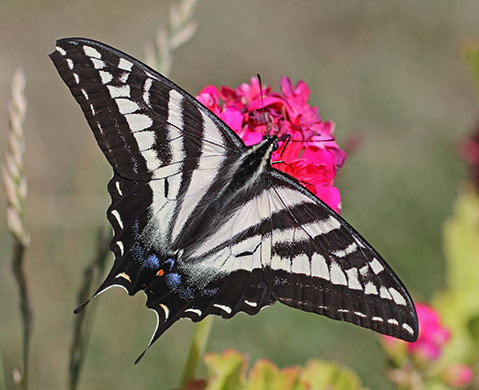
If children are frequent visitors to your garden, you can add to their interest and education by turning this space into a habitat that attracts butterflies, hummingbirds, and other wildlife. Kids will often watch a single butterfly as it flutters from flower to flower, and they will marvel at the movements of hummingbirds as they zoom to and fro.
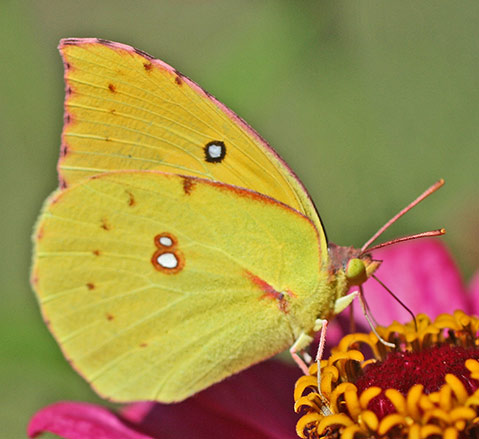
There is much to learn about butterflies and moths, which play the important ecosystem role of plant pollinators. More than 100 species exist in Santa Barbara County out of the 700 in North America. Did you know that millions of overlapping scales give the wings their color or that they taste food with sensors on the ends of their legs, proboscis, and antennae?
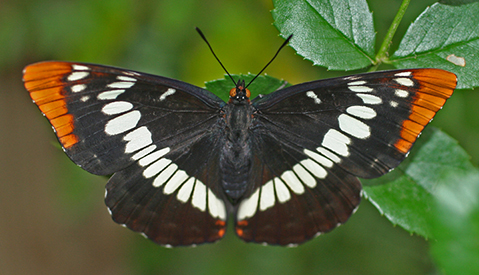
You can create a backyard butterfly habitat by planting certain kinds of plants. Butterflies need both larval food plants (for their voracious caterpillars) and plants that produce flowers suitable as nectar sources for adults. For many butterflies, different plants are needed to support different life stages. They’re especially attracted to clustered heads of small tubular flowers, like those of the goldenrods, yarrows, asters, verbenas, scabiosas, and sages. Flowers of certain colors, including red, yellow, purple, and orange, also attract butterflies. Mud puddles allow puddling behavior, which occurs when butterflies gather around to sip water with dissolved minerals. Do please remember that insecticides are a no-no when creating a butterfly-friendly garden.
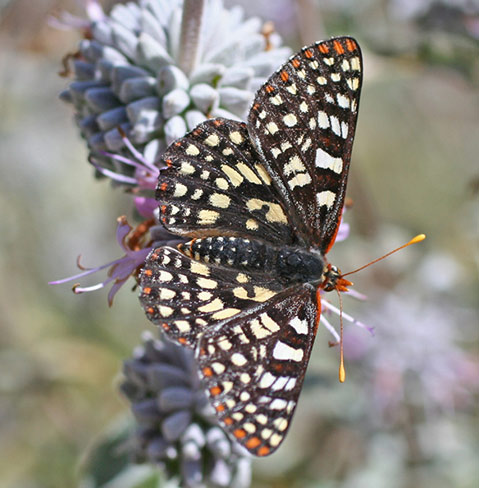
It makes perfect sense to choose California native plants, which is also wise for water conservation. Certain native plants attract particular butterflies and moths, including the sticky monkeyflower, which attracts the exquisite variable checkerspot; willows, which provide larval food for the lovely Lorquin’s admiral; and many species of milkweed (Asclepias), which attract monarchs. But make sure to plant our native variety, because monarchs that feed on the (once commonly planted) orange-flowered tropical milkweed may become infected with a damaging parasite. And since this plant does not die back in the winter like our native milkweeds, it can also interfere with the normal pattern of monarch migration. And species of Ceanothus, or California lilac, from the chaparral attract the Ceanothus moth, our large and beautiful silk moth.
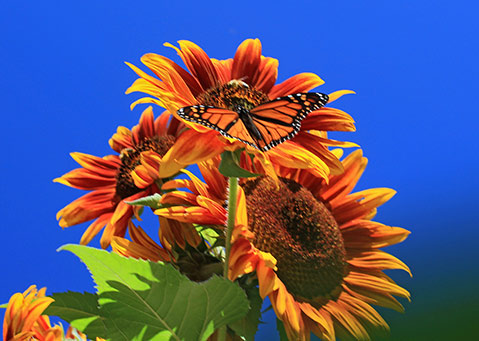
Other plants aren’t native to California but do still attract butterflies, including the striking red-and-yellow-flowered blanket flower (Gaillardia) and the purple coneflower (Echinacea), both from the Great Plains area. Bee balm (Monarda), which is native to the eastern United States, as well as zinnias, which hail from the southern U.S. and Mexico, are also commonly planted in butterfly gardens. Both cornflower and lavender, from the Old World, attract butterflies. Cultivated sunflowers (Helianthus) attract not only butterflies but also myriads of honeybees. When their seeds mature, these beauties also provide veritable dinner plates for goldfinches and other birds.
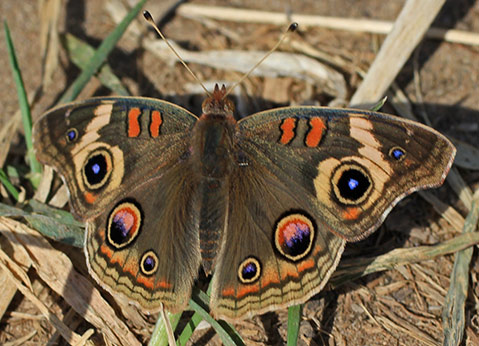
Many books and online resources are available to help. An Introduction to Southern California Butterflies (2004) by Fred Heath is a must. Another is the laminated field guide Butterflies of Southern California: A Guide to Common & Notable Species (2013) by Jim Brock, which provides images of adult butterflies as well as their caterpillars. California Native Plants for the Garden (2005) by Carol Bornstein, David Fross, and Bart O’Brien is a bible for choosing natives.
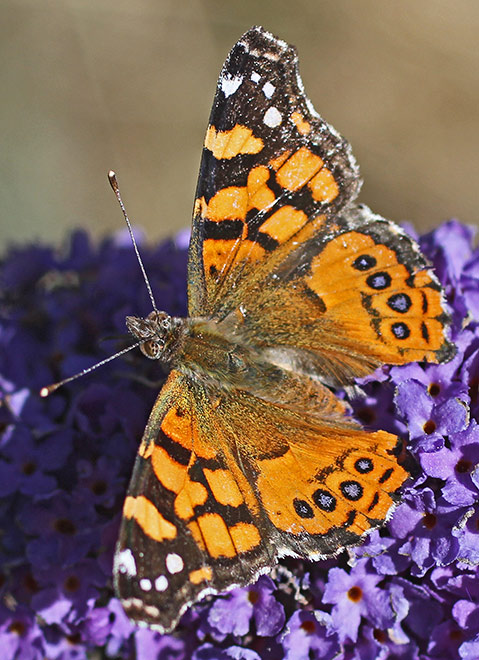
On the Internet, check out Las Pilitas Native Plant Nursery’s website, laspilitas.com, and Santa Barbara Natives at sbnatives.com, which grows plants from locally collected seeds. The Santa Barbara Botanic Garden is also a fine source, especially during its spring and fall plant sales.
If you are really enthusiastic, you may want to join the North American Butterfly Association’s Butterfly Garden Certification Program. See nababutterfly.com.



